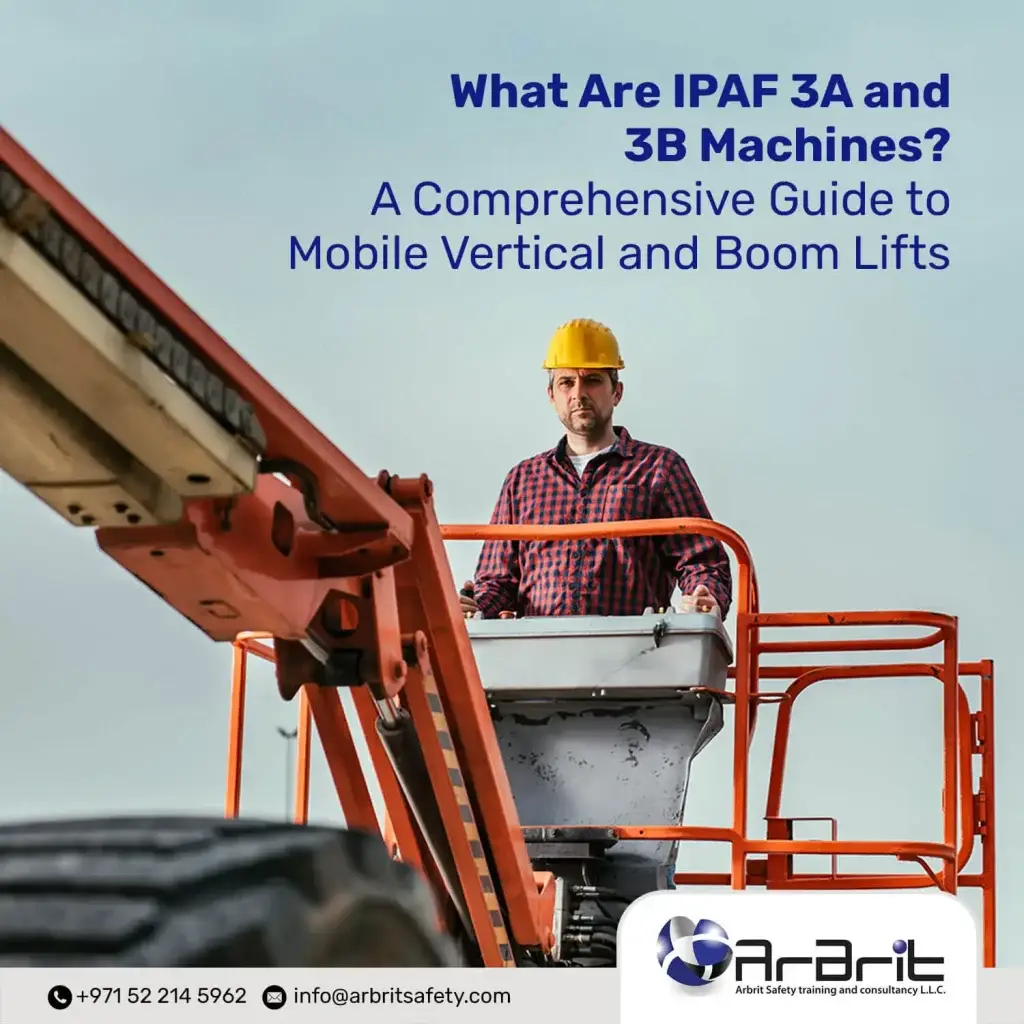
IPAF (International Powered Access Federation) prioritises mobile elevated work platforms (MEWPs) into several classes to facilitate safe operation. Categories IPAF 3A 3B
are important encompass two important types of aerial work platforms mobile vertical lifts (3A) and mobile boom lifts (3B). This guide will elaborate on the specifics of these special machines, applications and safety considerations.
IPAF 3A: Mobile Vertical Lifts
These machines are majorly identified by their scissor-like mechanism that raises up and lowers the working platform. They are often self-propelled and provide a stable level working surface. These applications are used in construction, maintenance and installation tasks where commuting to elevated areas is needed like interior and exterior building maintenance, ceiling and light fixture installation, painting and decorating and HVAC and plumbing work.
Key features like compact design which is apt for indoor and confined spaces, a large platform capacity for several workers and tools, a stable operation and is equipped with non marking tires for indoor use.
IPAF 3B: Mobile Boom Lifts
These machines focus on a telescopic and articulated boom that expands horizontally and vertically which offers greater reach and flexibility in comparison to scissor lifts. This is widely suitable for a set of tasks where access to hard-to-reach areas is important including tree trimming, window cleaning, construction and installation of signage and facades and outdoor lighting and electrical work.
It also offers boom configurations for reaching heights and positions, it is also equipped with outriggers for extra stability and is apt for indoor and outdoor usage.
Safety Considerations for Both Categories
Ensured to offer training for safe operation, IPAF 3A 3B certified operators offer the knowledge and skills to provide pre-operational inspections, use the machine safely and efficiently, find potential hazards and respond to emergencies. Routine inspections are important to make sure the machine is working well. Checklists also include checking on the tyre pressure and condition, hydraulic fluid levels, control functions, warning alarms and safety devices.
It is essential to assess the work area for any hazards like overhead power lines, unstable ground and obstructions. Wear the correct PPE including a safety helmet, safety harness and lanyard, safety glasses or goggles and gloves. It is not recommended to exceed the machine’s rated capacity and minimize driving with the platform raised. Ensure to keep a safe distance from obstacles and other personnel.





